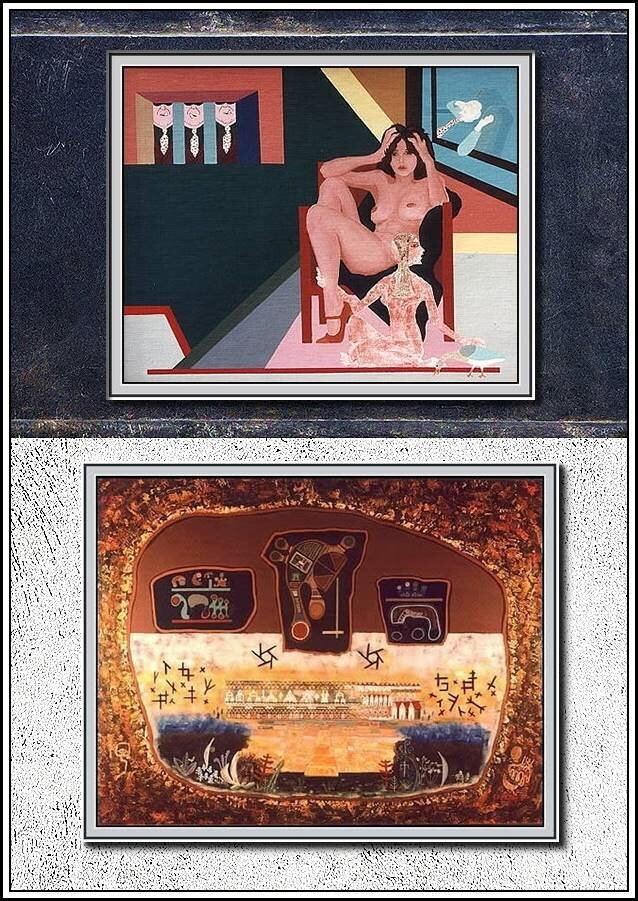One O’Clock in the Morning
- (translation by: Ronald F. Sauer)
Alone! At last! One no longer hears but the rolling of some old carriages, belated and broken.
For a few hours we shall possess silence, if not rest.
At last! the tyranny of the human face has disappeared, and I shall no longer suffer but through myself.
At last! it is therefore permitted me to unwind in a bath of shadows. First, a double turn of the lock. It seems to me this turn of the key will augment my solitude and fortify the barricades that now separate me, in fact, from the world.
Horrible life! Horrible city!
Let us recapitulate the day: having seen many men of letters, one of whom asked me if it were possible to travel overland to Russia (he taking, no doubt, Russia for an island); having argued magnanimously with the editor of a review, who says at each of my objections: "Honesty's the policy around here." this which implies that all the other reviews are directed by con-artists; having greeted some twenty people, among whom fifteen were unknown to me; having distributed handshakes in the same proportion, and this without having taken the precaution of buying gloves; having gone up, in order to kill time during a downpour, to the apartment of a local lady-loose, who begs me to design her a love costume of velvet; having paid my respects to the director of a theater, who says in dismissing me: "You would perhaps do well to address yourself to Monsieur Z~~: he's the heaviest, drunkest, most famous of all my authors; with him perhaps you can uncork something trendy. Go see him, and then we'll see."; having boasted (why?) of many villainous things that I had never actually done, and cowardly denied other misdeeds that I accomplished with joy, brassy dereliction, criminal disrespect; having refused a good friend a small service, and given a written recommendation to a perfect idiot; ugh! is it finally over and done with?
Discontent with everybody, as well as with myself, I would like very much to redeem my soul and pride myself a little in the silence and solitude of the night. Souls of those whom I have loved, souls of
those whom I have sung, fortify me, sustain me, keep me from the lying and corrupting vapors of the world; and you, Seigneur, my God! accord me the grace of producing some beautiful verses which prove to myself alone that I am not the last among men, that I am not inferior to those whom I despise!


















